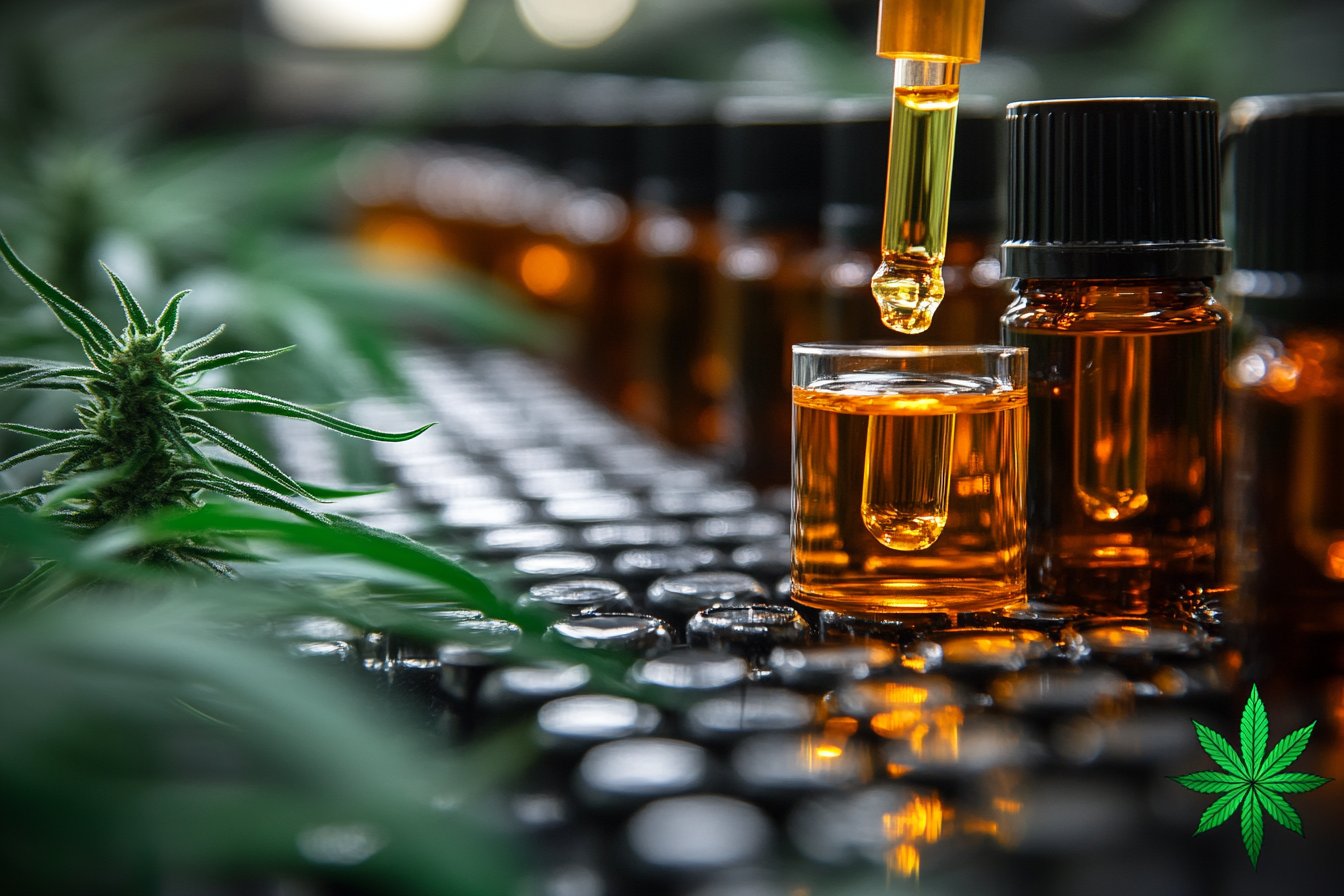CBD oil has become a popular wellness supplement, but not many people know about the intricate process involved in its production. This article aims to shed light on the various stages of creating CBD oil, emphasizing quality and safety. We will dive into cultivation, extraction methods, and the rigorous testing that ensures you receive a superior product.
The importance of high-quality hemp cultivation
Successful CBD oil production starts with premium quality hemp. Before planting seeds, it is essential to test the soil for impurities. This step is crucial to ensure that the plants grow in an uncontaminated environment, which results in a purer final product.
Once the hemp is harvested, it undergoes a curing or air-drying process, typically lasting about a month. This period allows the hemp to reach optimal dryness before shipping it off for the next stage: CBD extraction.
Advanced extraction techniques for potent CBD oil
Several extraction methods can be used to obtain CBD from hemp, each offering different advantages. One such method is supercritical CO2 extraction. By exposing carbon dioxide to high temperatures and pressures, it acts as a safe solvent that separates CBD along with other beneficial compounds from the raw plant material. This technique ensures that none of the phytochemicals are damaged during extraction, resulting in a pure CBD concentrate.
Another widely-used technique is ethanol extraction, known for being economical and efficient. In this process, high-grain alcohol soaks the hemp, extracting cannabinoids. While cost-effective, it requires meticulous post-processing to remove any residual solvents.
- Supercritical CO2 Extraction: Ideal for preserving a broad spectrum of cannabinoids and terpenes.
- Ethanol Extraction: Popular for its cost-effectiveness but needs thorough purification steps.
- Oil Extraction: A traditional method where hemp is heated in carrier oils to extract cannabinoids.
Ensuring purity and potency through meticulous testing
Maintaining the quality of CBD oil doesn’t end at extraction. Thorough testing ensures the product’s safety and efficacy. After extraction, additional purification steps like distillation remove unnecessary compounds while retaining minor cannabinoids. These work synergistically to enhance the effectiveness of the CBD via the ‘entourage effect.’
To guarantee the highest standards, comprehensive testing protocols are followed. Initial tests screen for THC levels and pesticides before harvesting. Post-extraction, independent labs conduct several tests to confirm the absence of THC and harmful substances like heavy metals and microbiologicals. Final products are then tested for potency and accuracy in labeling, both in the USA and the UK, ensuring consistency and reliability.
It is vital to check for certificates of analysis (CoA) when purchasing CBD products. These documents list all ingredients verified by accredited third-party labs. Unfortunately, a study in 2017 revealed that more than 70% of CBD products in the USA were mislabeled, containing inconsistent levels of THC and CBD. Thus, verifying the CoA ensures that you’re consuming a safe and dependable product.
By understanding these critical aspects of CBD oil production—from the initial phase of cultivating high-quality hemp to the advanced methods of extraction and the stringent testing processes—you can make informed decisions when choosing a product. At CBD-Oil-Australia, we strive to offer only the best, ensuring our audience receives effective and safe CBD oil.
